Murcia Paprika
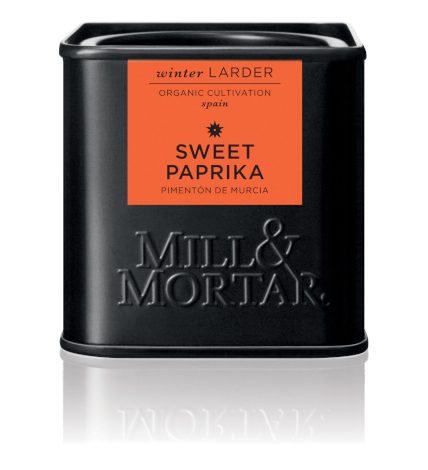
The pepper is a vegetable native to South America, specifically from the countries of Peru, Mexico and Bolivia. Its entry into Europe through Spain dates back to 1493, on one of Christopher Columbus’ voyages.
Pepper cultivation in the Murcia region dates back to the 17th century. Some historical data point to some Hieronymite friars, the introduction of this horticultural plant. Also that the name of ñora, which is what the sweet red pepper is called in Murcia, was coined by these same friars.
From these dates the cultivation of pepper began to spread more and more to different areas of the region. But it was not until the middle of the 19th century, when it began to be commercialized. Later, the drying and grinding of the plant came, turning it into a widely used food spice.
Murcia Paprika with Protected Designation of Origin belongs to the Capsicum Annuum L. genus, of the ‘bola’ variety, also known as ‘American’.
It is a sweet paprika, light and subspherical in shape. Its cavity consists of three parts full of seeds and separated by fleshy partitions, the pericarp is semi-fleshy and its pendulum is green.
The climate of the Murcia region with little rainfall, hot summers and cold winters, as well as the saline soils where the Murcia Paprika is grown, give it special characteristics, which makes it sweeter.
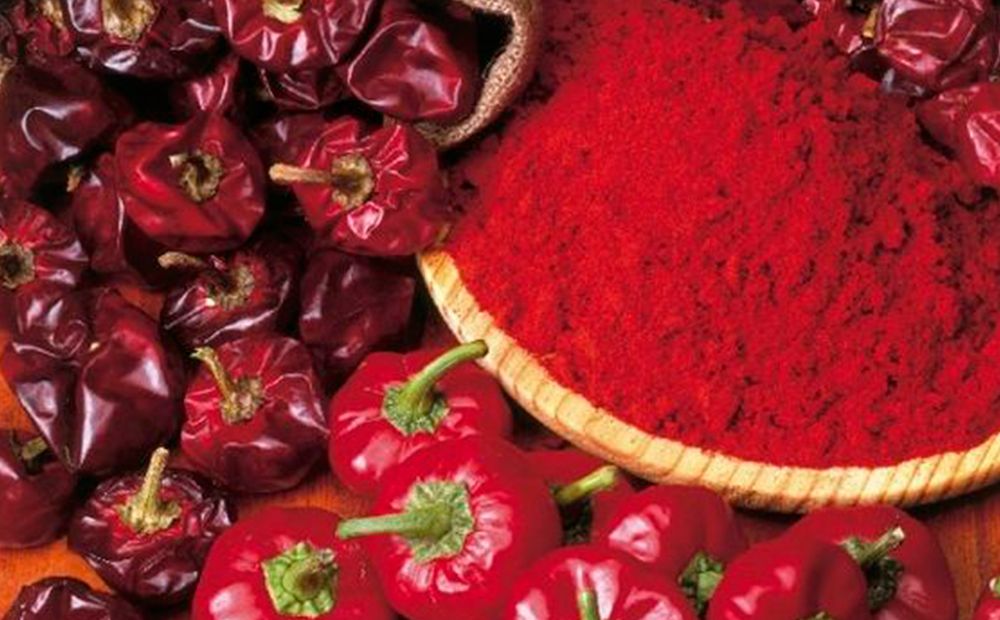
The municipalities where Murcia paprika is grown with Designation of Origin are: Alhama de Murcia, Beniel, Fuente Álamo, Lorca, Molina de Segura, Cartagena, Fortuna, Librilla, Murcia, Puerto Lumbreras, San Javier, Santomera, Torre- Pacheco and Totana.
Every year in the pepper plantations to produce the Pimentón de Murcia, the best specimens of the best plants are chosen, the seeds are dried and saved to be able to sow them in the seedbeds and that they can be certified by the Regulatory Council of the DOP, for the following year.
At the end of December and beginning of January, the seedbeds, called ‘almajaras’, are sown, where the plants will germinate and sprout. Once the plant is grown enough, it is transplanted, which is usually done in mid-April, when temperatures are not so cold.
When the peppers reach their peak of ripeness, their coloration is bright red. It is the moment in which they are collected to dry and grind them. Only those that are healthy, whole and free of both pests and diseases are chosen.
The product resulting from this grinding is a sweet paprika, with a strong smell and flavor, and a high coloring power, fatty and very tasty.
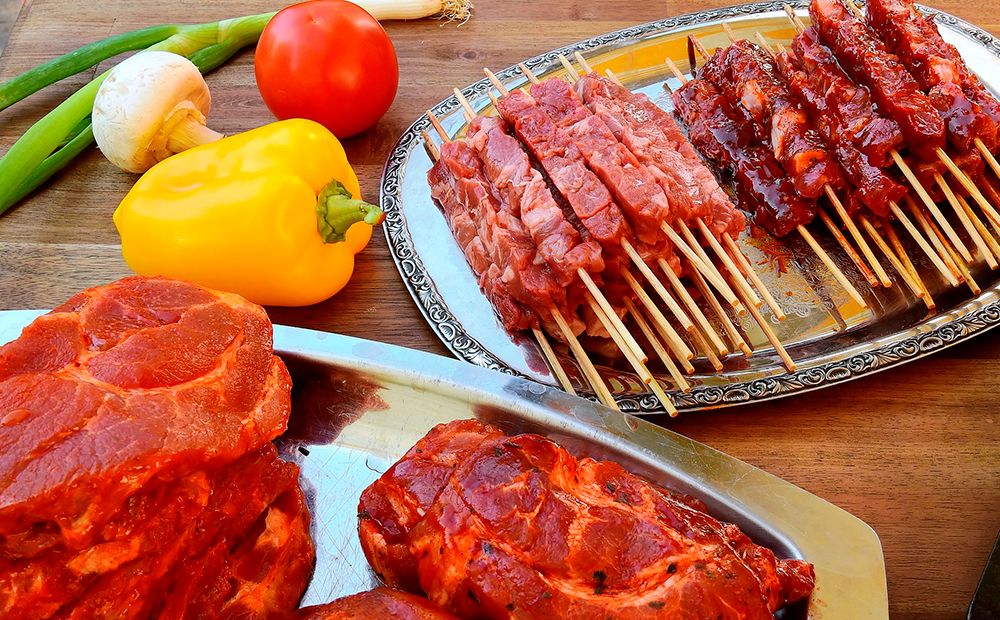
Its consumption gives us vitamin A and antioxidants, since it is rich in carotenoids. Reduces cholesterol and triglycerides. It is an anti-inflammatory and improves the skin. The carotene they contain stimulate brain function and prevent premature aging of cells.
With this excellent spice, in addition to being used to give flavor and color to stews, it is used as a condiment to season sausages and marinades of all kinds.
With the Paprika from Murcia you can make countless culinary recipes. Cakes, breads, cookies, dumplings, potatoes, soups, fish, meat and sauces.
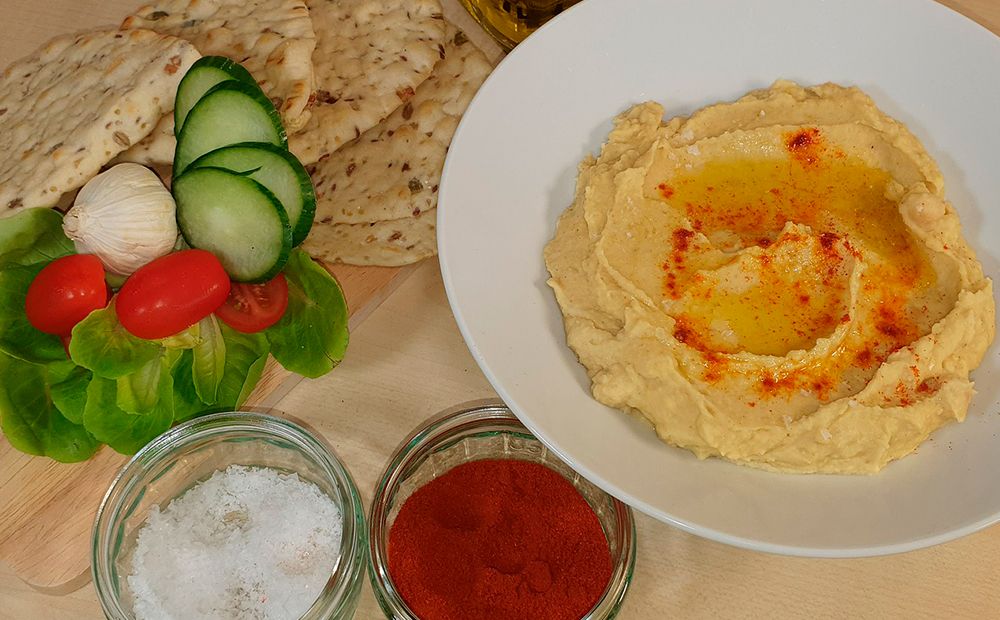
It is also used as a condiment to make hummus, Galician-style octopus, scallops, stews and marinades of all kinds, or to add to such essential stir-fries, for example, as that used to make Valencian paella.
The Murcia Paprika Regulatory Council is in charge of ensuring that they bear the European seal of Protected Designation of Origin (PDO), only that paprika that is produced, dried, ground and packaged in Murcia and that meets the quality, organoleptic conditions and that they have rigorously passed the necessary controls to grant them this recognition.
Image: totana.com / CRDOP

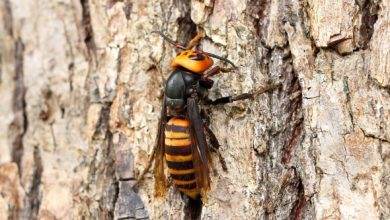
![Photo of How to Plant Macadamia Nuts in [8 Steps + Pictures]](https://www.complete-gardening.com/wp-content/uploads/2021/06/plantar-un-arbol-de-macadamia-390x220.png)

![Photo of Snow peas: [Characteristics, Cultivation, Care and Disadvantages]](https://www.complete-gardening.com/wp-content/uploads/2022/08/snow-peas-characteristics-cultivation-care-and-disadvantages-390x220.png)